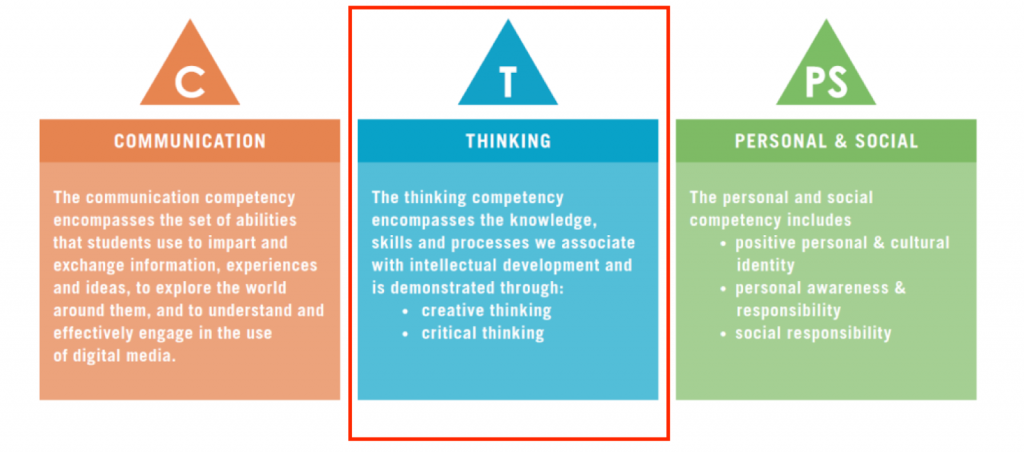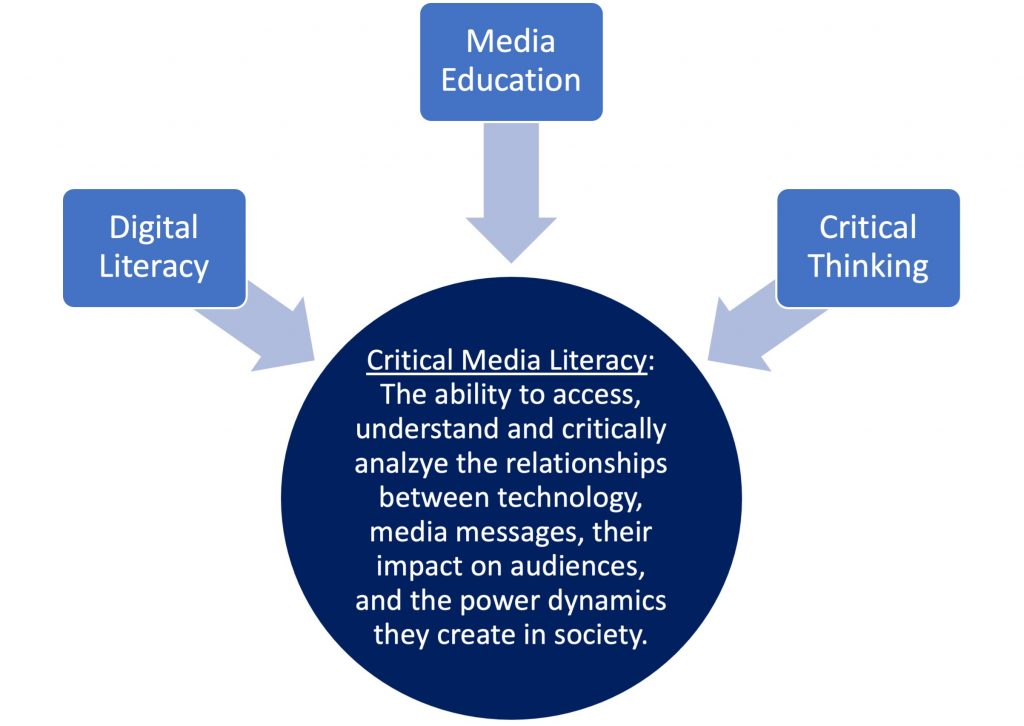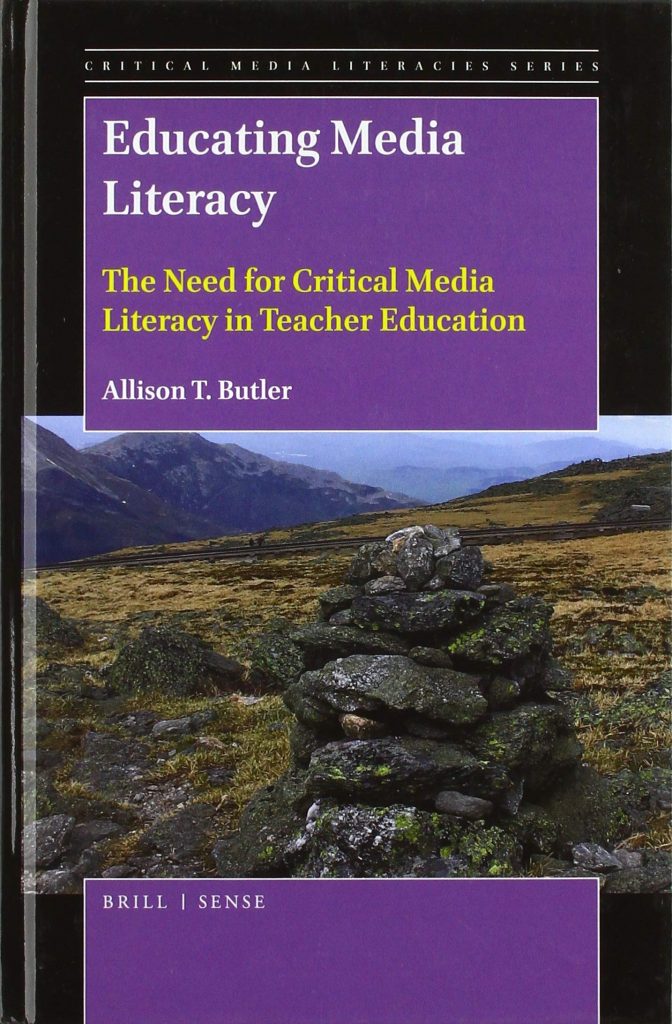Literature Research and Data Collection
Developing my personal resource list that will help inform and support my explorations in the course.
I reviewed my list of ideas from Part A of this Reading Assignment, and I have narrowed the focus of my topic to Critical Media Literacy. The working title for my topic (for now) is:
Integrating the BC Core Competencies to develop students’ Critical Media Literacy skills.
Before I go any further in exploring this topic, I would like to make sure I understand the multi-faceted definition of Critical Media Literacy, which incorporates aspects of digital literacy, media education, and critical thinking.
Let’s start with digital literacy: The BC Ministry of Education defines digital literacy as “the interest, attitude and ability of individuals to appropriate use technology and communication tools to access, manage, integrate, analyze and evaluate information, construct new knowledge, create and communicate with others.” The Digital Literacy Framework elaborates on six characteristics of digital literacy. The Framework also provides a set of profiles for grade K-12 with examples of activities that digitally literate students from each age range can do.

Digital Literacy Framework – BC Ministry of Education
Next, media education is defined by Media Smarts (Canada’s Centre for Digital and Media Literacy) as “the process through which individuals become media literate – able to critically understand the nature, techniques and impacts of media messages and predictions.”

MediaSmarts.ca
Media is all around us and we absorb what we see and hear. Media education brings awareness to this and helps us understand what we are taking in, whether it is consciously or subconsciously. I found this website to be very useful in connecting the BC Curriculum with digital literacy and media education. It also includes numerous activities, assessment rubrics, e-workshops, and resources for integrating media literacy in the classroom.
Finally, critical (and reflective) thinking as defined by the BC Ministry of Education is “a set of abilities that students use to examine their own thinking and that of others. This involves making judgements based on reasoning, where students consider options, analyze options using specific criteria, and draw conclusions.”

Critical Thinking – BC Ministry of Education
Looking at the three definitions above, I merged them together to create a composite definition of Critical Media Literacy.

I then continued my literature research and data collection by further exploring the key terms.
- Critical media literacy
- Intellectual property
- Authorship
- Digital audience
- Online ethics
- Media purpose
Here are some great resources that I found:
Galileo Educational Network – Critical Media Literacy: Integral to Students’ Learning
This blog post sums up what critical media literacy is and why educators should focus on it when using technology in the classroom. It also includes video with a keynote speech by Dr. Catherine Burwell (click on the video to watch).

Educating Media Literacy – The Need for Critical Media Literacy in Teacher Education
In this book, the authour intertwines the issues of teacher education and media literacies and outlines the benefits of making critical media literacy sustainable in K-12 classrooms. I downloaded the PDF of this book and found it to be useful in understanding the importance of critical media literacy, and how it starts with teacher education. I plan to continue reading this book as I delve deeper in my exploration of the topic.

The Critical Media Literacy Guide – Engaging Media and Transforming Education
This book provides a theoretical framework and practical applications to help educators put critical media literacy into action in the classroom. I found it to be helpful in understanding the theories behind media literacy how students can learn about the influence and power associated with media messages, particularly around the issues of race, gender, class, and sexuality. Using a critical pedagogical approach, the authours provide strategies for teaching students how to develop skills “to analyze and challenge representations and narratives of multiple forms of identity, privilege, and oppression”. I plan to read this book before the next school year because I feel it incorporates social justice education, critical media literacy, and critical thinking skills, all of which I would like to focus on with my students.
The Center for Media Literacy identifies Five Core Concepts and Five Key Questions in critical media literacy. I found this to be a great starting point for exploring the topic, and a concrete activity I would be able to bring into the classroom. It helped me to understand the relationships between the key words authourship, format, audience, content, and purpose.

This is only a tiny fraction of the vast amount of research and literature available on this topic. It excites me to know that there is so much information out there, and that I can use it to further explore my understanding of integrating the BC Core Competencies and Critical Media Literacy. I hope to that I can bring this new knowledge with me into the classroom, and into the library as a future Teacher-Librarian.
References:
B.C. Ministry of Education. (2021). Critical thinking and reflective thinking. Retrieved from https://curriculum.gov.bc.ca/competencies/thinking/critical-and-reflective-thinking.
B.C. Ministry of Education. (2021). Digital literacy framework. Retrieved from https://www2.gov.bc.ca/gov/content/education-training/k-12/teach/resources-for-teachers/digital-literacy.
Butler, A. T. (2019). Educating media literacy: The need for critical media literacy in teacher education. Retrieved from https://brill.com/view/title/54625.
Center for Media Literacy. (2021). CML MediaLit Kit. Retrieved from http://www.medialit.org/cml-medialit-kit.
Galileo Educational Network. (2017, February 22). Critical media literacy: Integral to students’ learning. Retrieved from https://galileo.org/blog/critical-media-literacy/.
Kellner, D. & Share, J. (2019). The critical media literacy guide: Engaging media and transforming education. Brill.
Media Smarts. (2021). Media literacy fundamentals. Retrieved from https://mediasmarts.ca/digital-media-literacy/general-information/digital-media-literacy-fundamentals/media-literacy-fundamentals.

Thanks Saliha for sharing the link to Mediasmarts, where we access many teacher resources. I especially liked your last video on the importance of Media Literacy, showing how we can evaluate media using 5 thought-provoking questions.
Wow! Very thorough! Certainly looks like you are wrapping your head around this topic! Love the video link and resources! And incase I didn’t use enough exclamation marks… here’s a few more… !!!!!!
😉
This is an excellent post. You have curated and annotated a good list of resources to support your inquiry going forward. I appreciate the way that you have clearly explained your process. You draw the reader in and engage them in your learning. This is a strong foundation for further work.